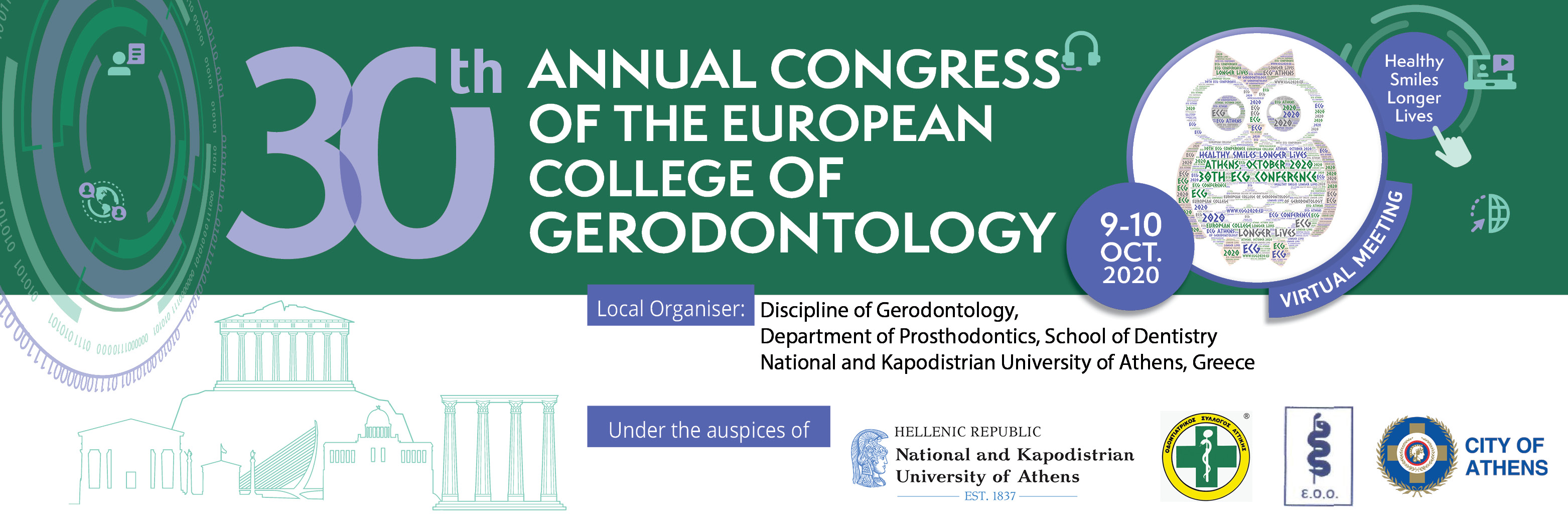Food-related oral discomfort in elderly people: A cross sectional survey comparing oral discomfort in French independently living Elders and Younger adults
Introduction: Discomfort encountered during oral processing may cause food avoidance and increase the risk of malnutrition in older adults. The aim of the present survey was to compare oral status and oral discomfort in senior and younger people. Materials and methods: Oral discomfort and oral status were assessed in 122 participants divided into a senior group (65-83 years) and a control group (35-64 years). A analysis of variance, a Pearson Chi-square and a stepwise binary logistic regression analysis were used to identify categorical variables associated with oral discomfort, including age, oral health-related quality of life, saliva secretion (resting and stimulated saliva), occluding support (Occlusal Functional Units and dental status), oral diseases (DMFT and periodontal status), and denture use. Results: Oral discomfort was evoked by 52 participants (42.6%), concerned mainly teeth (59.6%), gums surounding teeth (50%), and the tongue (15.4%) and had a mean±SD intensity of 4.7±2.4. Food-evoked oral discomfort concerned 34 participants (27.9%) and varied according to food texture, temperature and taste. Age alone had no effect on oral discomfort (Chi2=0.461; p=0.497). The likeliness of experiencing oral discomfort was increased in participants having strictly fewer than 7 OFUs (OR=2.958; CI95%=1.065-8.212; p0.05), poor (OR=24.177; CI95%=5.531-105-67; p


